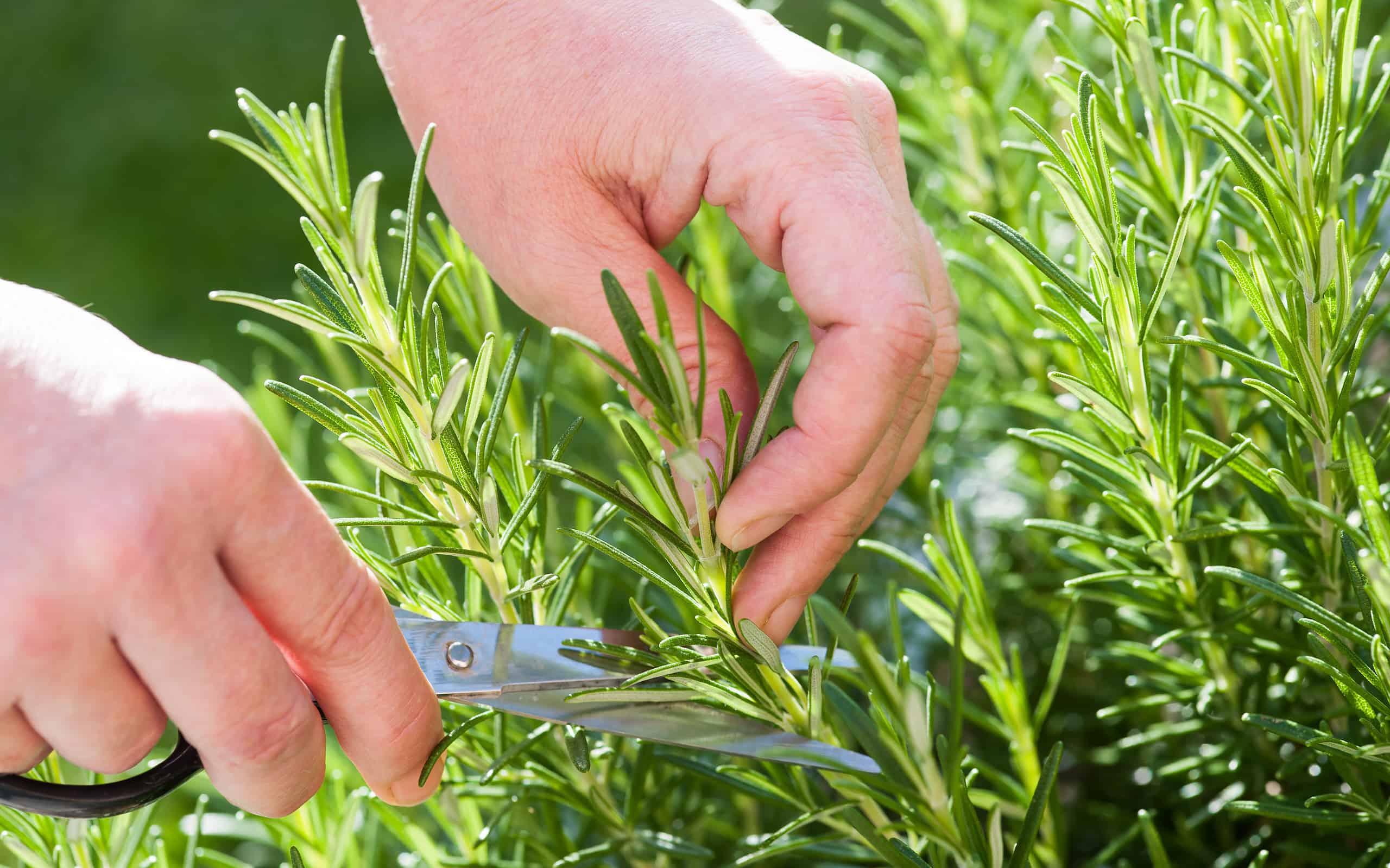One of the most popular culinary herbs around is rosemary, and it’s easy to see why. This flavorful plant has slightly savory leaves that complement a variety of dishes and work well with other seasonings. Rosemary (Rosmarinus officinalis) belongs to the Lamiaceae (mint) family. It is a relatively low-maintenance plant, so plenty of people love adding it to their herb garden. But, even though it is beginner-friendly, things can still go wrong. Below, we’ll help you troubleshoot some of the reasons your rosemary plant keeps dying so you can start bringing in a harvest!
1. Wrong Soil
Rosemary thrives in loose, well-draining soil. So, clay-based soils in raised beds or the wrong potting soil will harm the plant. No matter how fertile the soil is, the plant will be prone to root rot if it doesn’t allow for adequate drainage. However, the fix here is relatively easy. Start with a mixture of high-quality, loose potting soil that is rich in nutrients.
When planting rosemary in a garden bed, turn in enough amendments to loosen the soil properly. Do know that this process may take some time. So, consider container planting while updating the beds.
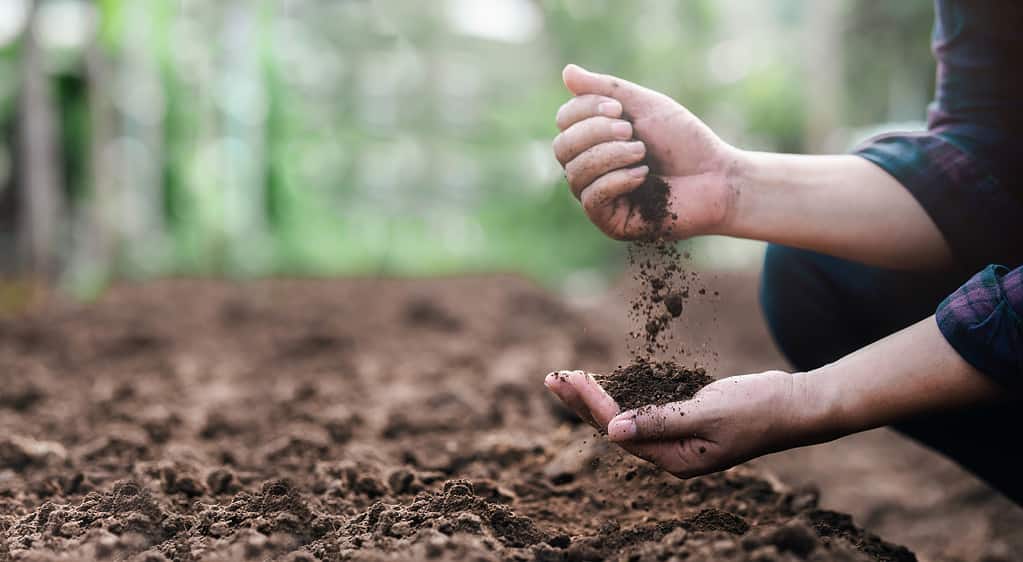
Rosemary plants prefer soil that is loose and well-draining.
©Sakorn Sukkasemsakorn/iStock via Getty Images
2. Too Much Shade
Since it is native to the Mediterranean region, rosemary prefers tons of sun! It thrives (and needs) full direct sun exposure and doesn’t handle shade well. If your plant shows signs of distress, take a few days to observe the sun/shade levels. Any containers can easily get moved, and in-ground plants should get transplanted if there is too much shade.

Rosemary thrives (and needs) full direct sun exposure and doesn’t handle shade well.
©April DeBord/Shutterstock.com
3. Improper Pot Size
One of the most important factors for a healthy rosemary plant is ensuring the proper watering levels. When your rosemary plant lives in a pot that is too large, water sits in the soil, creating an unhealthy environment. This herb prefers a relatively dry home, so too much consistent moisture will lead to root rot.
Additionally, if the pot is too small for the plant, it won’t allow the root system to stretch out properly. At that point, the rosemary plant will become root-bound, preventing it from soaking in as many nutrients as it needs.
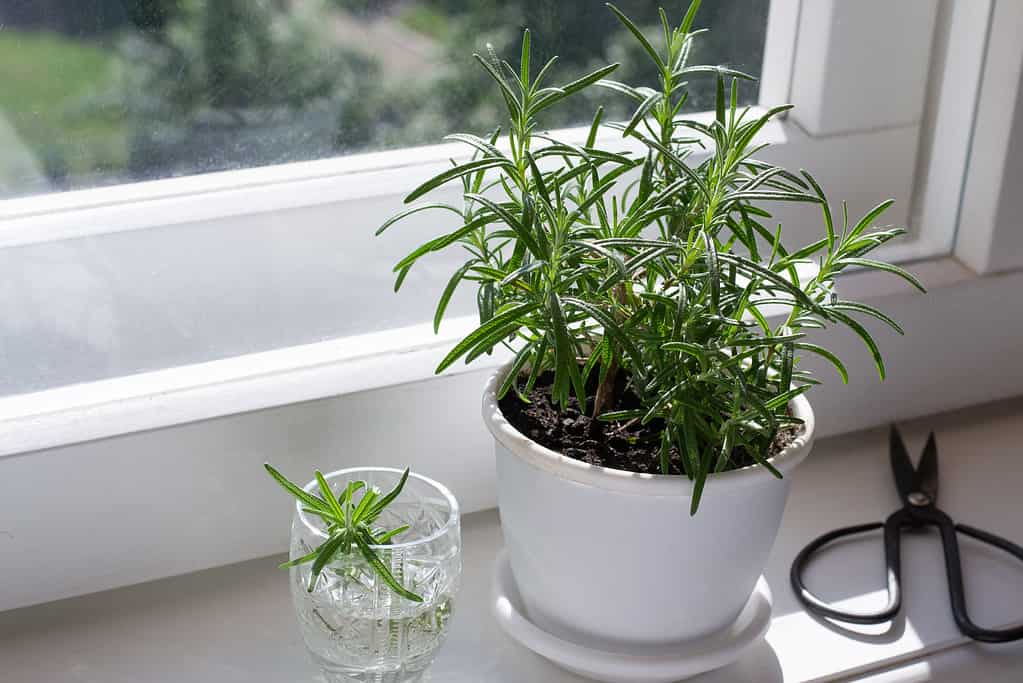
Planting rosemary in the proper container size will promote healthy growth and an abundant harvest.
©Albina Yalunina/iStock via Getty Images
4. Lack of Pruning
As long as your rosemary plants don’t get planted too closely together, a lack of pruning isn’t the end of the world. The plants will just become large and unwieldy. But if the plants are spaced closely together, a lack of pruning can harm them and potentially kill them. Under pruning, rosemary plants prevent proper airflow, which invites pests and diseases. Take the time to cut back the branches, even if you don’t intend to use the herb itself.
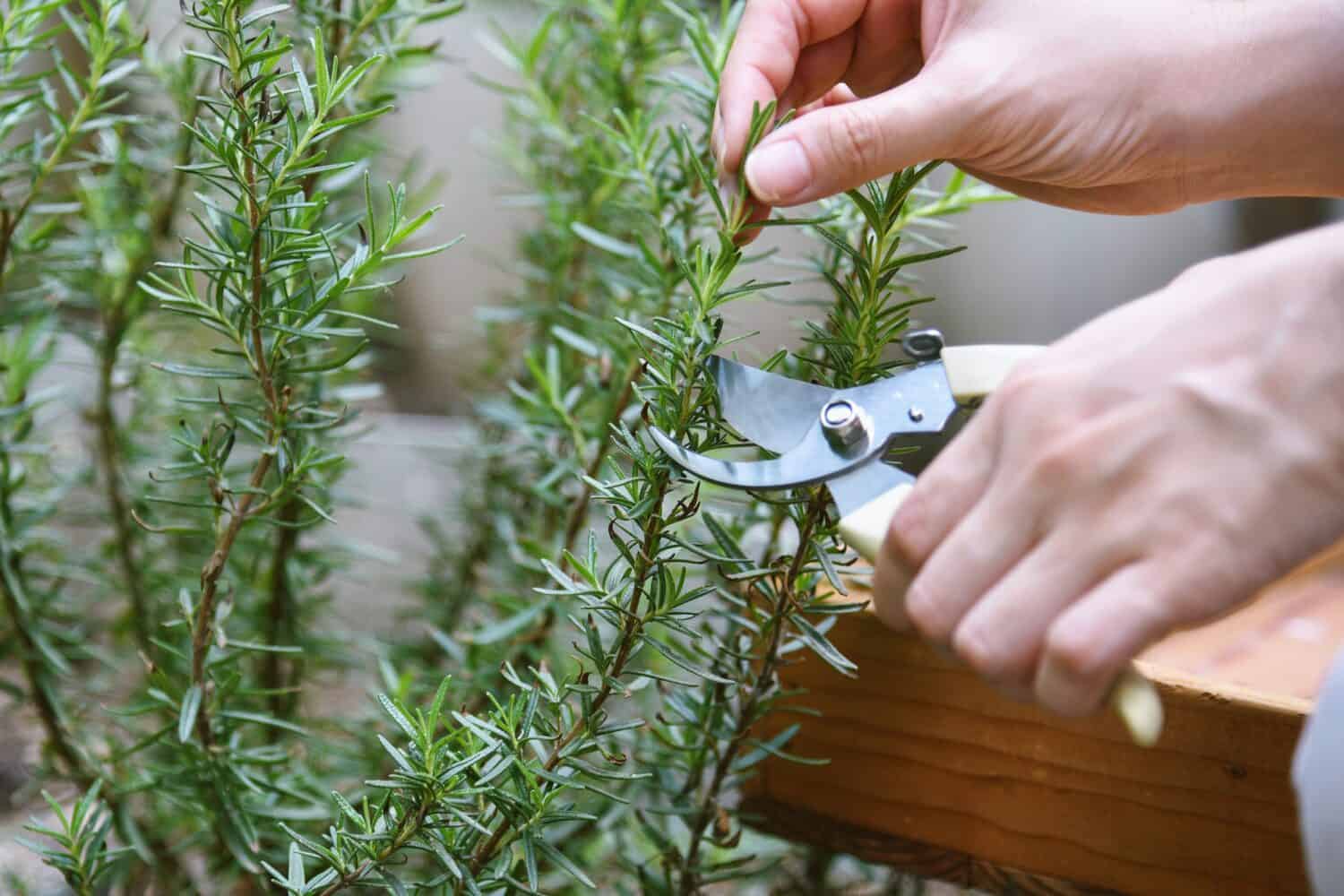
Take the time to prune your rosemary, even if you aren’t ready to harvest it. Doing so will help it develop properly.
©ARTFULLY PHOTOGRAPHER/Shutterstock.com
5. Too Much Pruning
This particular herb is popular in many culinary applications. Plus, it makes a surprisingly divine tea! So, it is tempting to prune all the rosemary for fresh use or drying. But that creates a problem. Herbs, like any plants, need sun exposure to grow and thrive. When more than a third of the plant gets cut back at any given time, its growth will get stunted, and it may die. However, when only roughly a third gets pruned, the plant will become larger and bushier, thus increasing the yield!
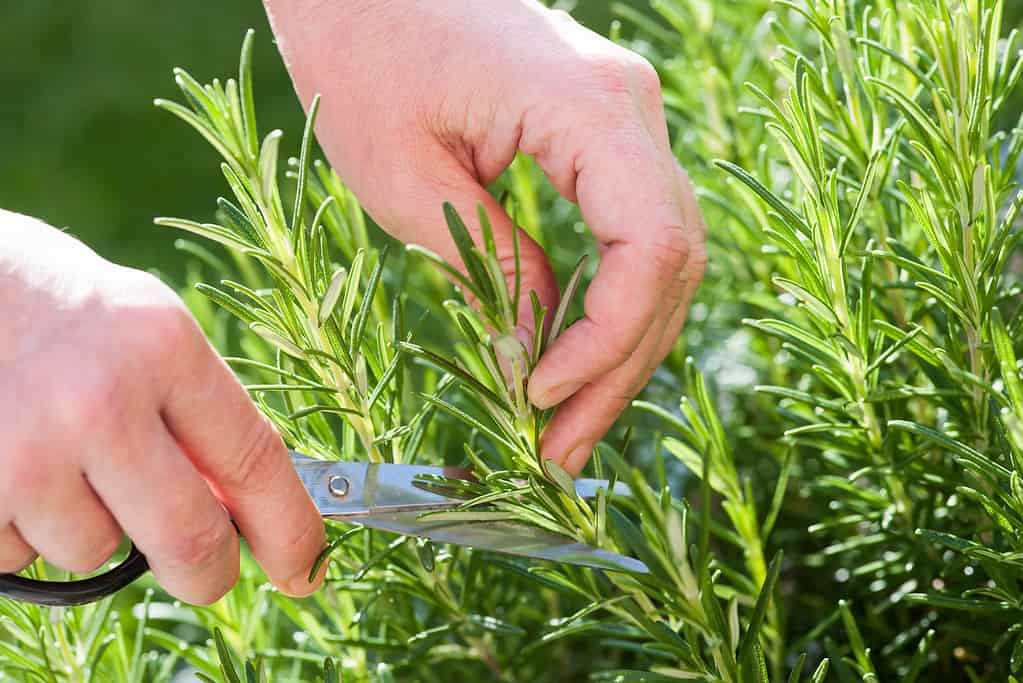
Pruning more than a third of a rosemary plant at a time will stunt its growth.
©AlexRaths/ via Getty Images
6. Underwatering
While rosemary prefers a drier environment, that doesn’t mean they need no water. You’ll know if the plant is getting underwatered. The leaves will start to turn brown and dry out. That is a sure sign that the rosemary plant needs additional watering. But don’t overdo it! It is possible to lean too far in the opposite direction when trying to save a plant. And that could hurt it.

Too little water can kill your plant.
©iStock.com/Tgordievskaya
7. Overwatering
Rosemary plants don’t need a significant amount of water. They prefer drier soil and are extremely drought-tolerant. However, adjusting our typical watering habits for other herbs can be challenging. When that happens, the precious rosemary plants end up getting overwatered.
If the soil remains too moist, the plant’s root system cannot take the water in. Rosemary will rapidly develop root rot and die. But there is a way to catch this problem and fix it before things get too dire. Watch for browning leaves, which are a sign of overwatering. Then, scale back. Allow the soil to dry out before watering again. Going forward, stick your finger in the soil before watering. As long as the top two inches are damp, the plant does not need additional water.
A few other things to consider is how good the drainage is. There are two primary factors here. First is the soil itself. Not all soil drains well. If your soil is retaining too much moisture, add something like perlite to lighten it up. Additionally, if your rosemary lives in a pot, look to ensure it has adequate drainage holes so excess water can leave.
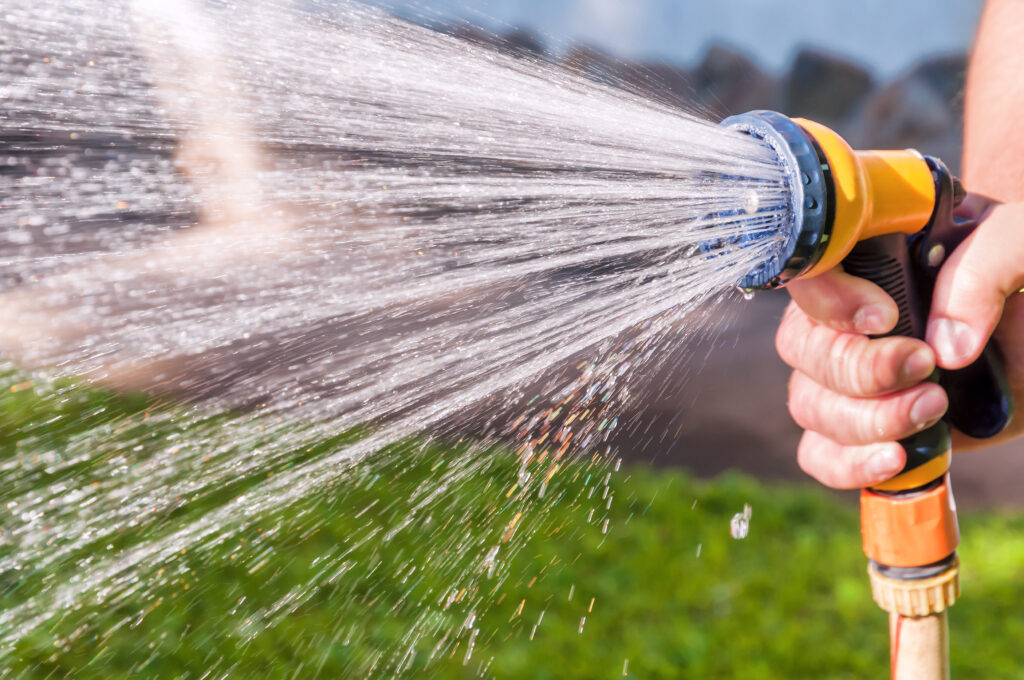
Watering your plant too much or too frequently will lead to root rot.
©iStock.com/vovashevchuk
8. pH Trouble
Most of us don’t often think about the pH balance of the soil. But it plays a critical role in the health and vitality of all plants. When the soil is too acidic or alkaline, many plants will suffer. (Others prefer living in these outlying states). Rosemary plants are no different. They prefer semi-neutral soil, around 6.0 to 7.0.
One quick way to tell if your soil is off is to watch your plant. When the pH balance is wrong, rosemary will turn yellow. However, you can save yourself time and trouble by testing before planting. Most garden centers sell inexpensive test strips to help determine the soil’s pH level. Remember, every bed could be different. Add appropriate nutrients to regain balance if it is off.

Most of us don’t often think about the pH balance of the soil, but it plays a critical role in the health and vitality of all plants.
©Deemerwha studio/Shutterstock.com
9. Fertilizer Trouble
There is nothing wrong with fertilizing rosemary plants, provided it gets done properly. Since this herb is a perennial, it does not need feedings during the dormant season (winter). However, it will benefit from spring feeding, especially when living in a container. Follow the directions on the package, and be sure to avoid over-fertilizing. Doing so will stunt the plant’s growth and prevent that harvest you seek.
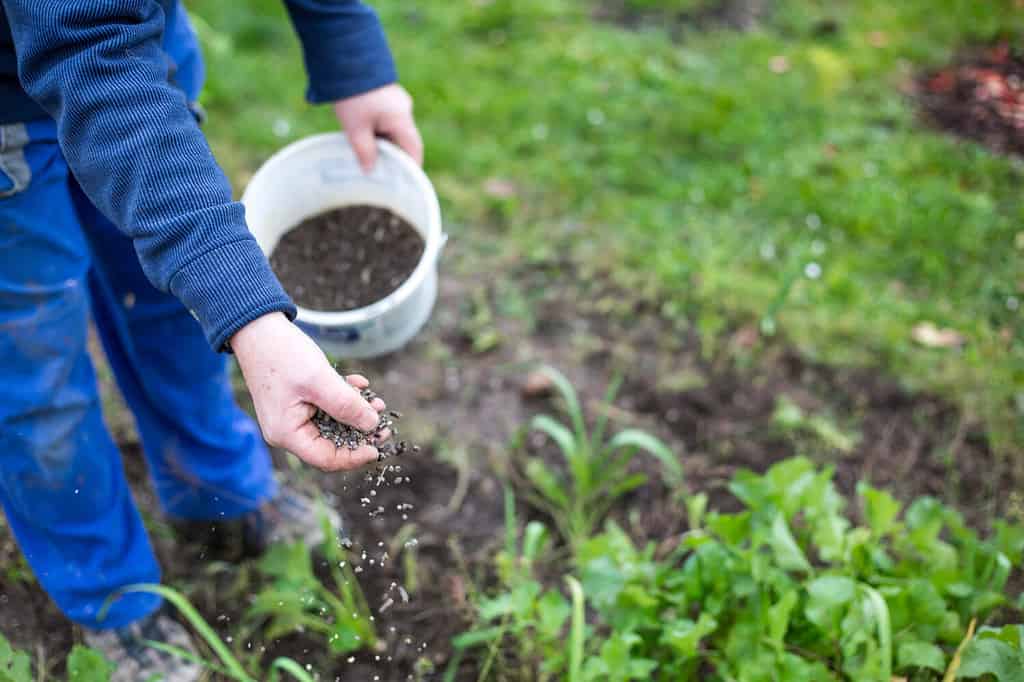
When fertilizing rosemary plants, follow the directions on the package, and be sure to avoid over-fertilizing.
©Simon Kadula/Shutterstock.com
10. Pests
Typically, rosemary deters pests. But from time to time, the unwanted critters will find their way onto your plant. One of the prime times for infestation is during periods of stress. These could be times when the weather fluctuates drastically or if the plant is over or under-watered. Treat the plant with neem oil or insecticidal soap if you spot signs of pest infestation.
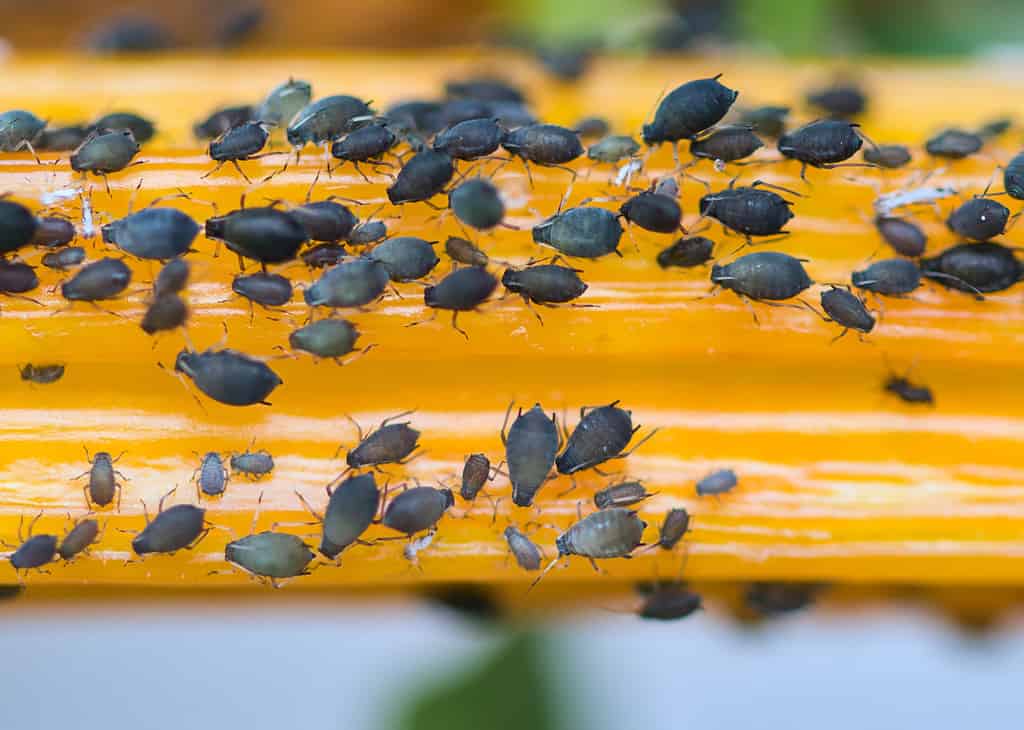
Aphids are one of the pests that occasionally attack rosemary.
©iStock.com/Ewa Saks
11. Excess Humidity
Rosemary is native to coastal areas in the Mediterranean region. So, it likes a decent amount of humidity. But it prefers environments with moderate to low humidity. So, if you live in a very humid location and your rosemary keeps dying, that could be why. But don’t worry. A few key steps could help restore your plant’s vitality. Keep it well-pruned to ensure proper airflow, and consider container planting. Doing the latter offers the leeway of moving the plant indoors during bouts of high humidity.

Rosemary plants don’t tolerate high humidity.
©Hulya Poyraz/Shutterstock.com
12. Lack of Soil Fertility
Since rosemary is grown primarily for its savory leaves, the biggest fertility culprit is nitrogen. Plants require plenty of nitrogen for proper leaf growth. When the soil is deficient, it will negatively impact rosemary and may kill the plant. A good indication of nitrogen deficiencies is drooping, yellow leaves. Thankfully, there is an easy fix. Add a quick-release, nitrogen-rich fertilizer to the soil. Water-soluble varieties will get absorbed easily during the growing season.
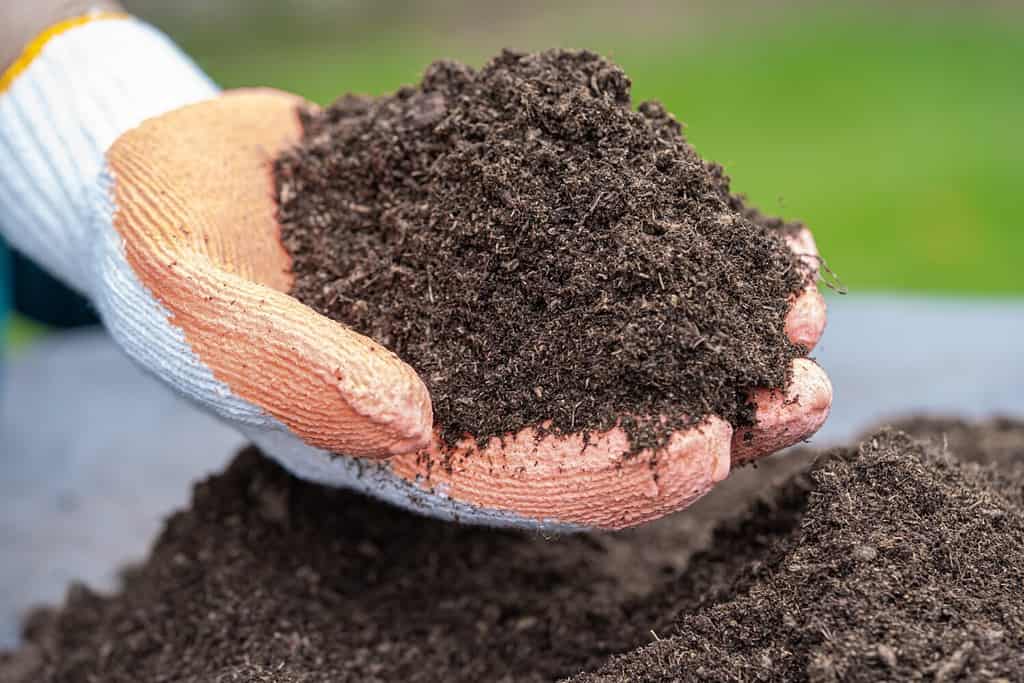
Plants of rosemary require plenty of nitrogen for proper leaf growth.
©sasirin pamai/Shutterstock.com
13. Diseases
Unfortunately, rosemary is susceptible to diseases like any other plant. While diseases don’t strike this herb as often as they do others, it is still vital to keep a watchful eye. One of the most common problems is powdery mildew. This fine white substance looks almost like dust on the plant’s leaves. However, it is a fungal disease that may kill the plant if left untreated. Once you spot signs of powdery mildew, cut off the impacted section. Doing so quickly will help reduce or prevent further spread.
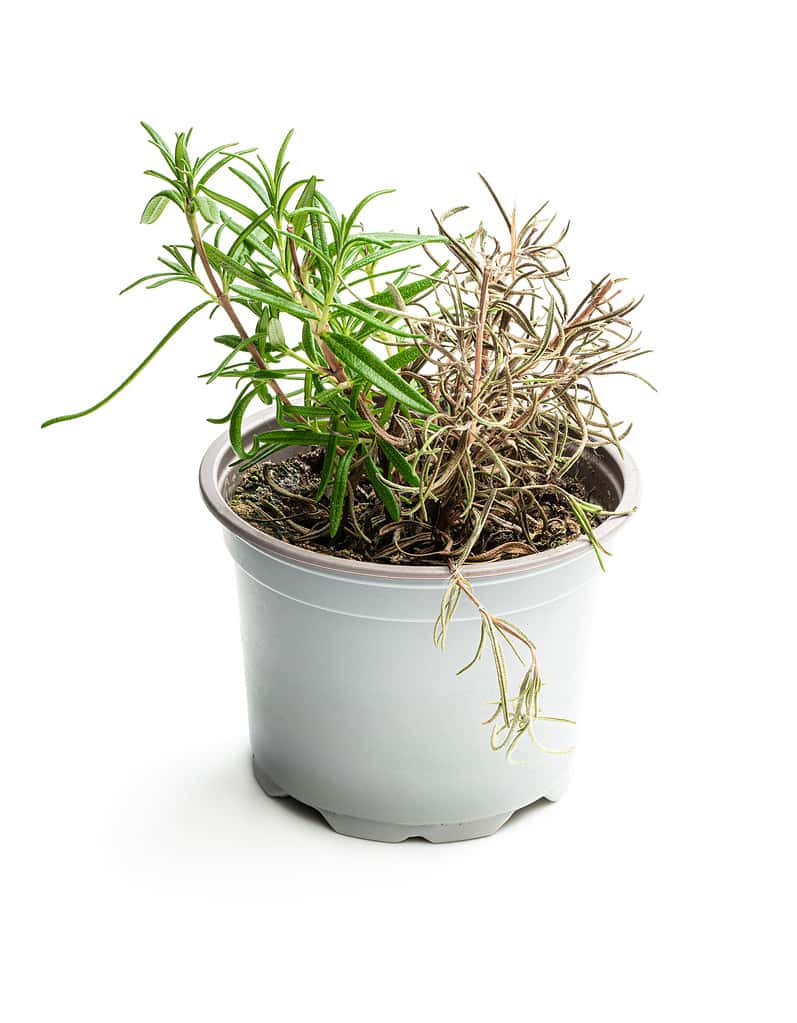
Rosemary plants may die for several reasons, including disease.
©Lena_Zajchikova/ via Getty Images
14. Cold Weather
This flavorful herb is not a fan of winter and is not cold-hardy. So, if you plant your rosemary too early or late in the season, it will be impacted by the weather. Freezing temperatures and even frost will damage the leaves and may kill your plant. Consider planting it in a container to bring indoors if you live in a colder environment.

Plant your rosemary in a container if you live in a very cold environment. That way, you can bring in indoors when necessary.
©Christopher Mills/iStock via Getty Images
15. It’s Too Hot
While rosemary loves warm (and sometimes hot) weather, sometimes it gets to be too much. The ideal temperature range for this herb is 55 to 85 degrees Fahrenheit, though it can handle temperatures into the low 90s. However, the plant will suffer once the heat sits consistently in the high 90s or above 100 degrees Fahrenheit. Add a shade cloth during prolonged periods of heat or bring the plant inside to protect it.

Excessive heat will kill this popular herb.
©leolintang/Shutterstock.com
16. Planted Too Closely Together
It’s tempting to plant lots of rosemary plants in a small space. After all, that will help improve the harvest, correct? Unfortunately, that is not always the case. Rosemary needs lots of room to spread its legs. When the root system doesn’t have enough resources, the plants begin competing, and nothing flourishes. Allow at least 18 inches between plants when adding them to the ground. And take time to prune them so there is proper airflow.

Plant your rosemary with enough space to allow proper airflow.
©Maren Winter/Shutterstock.com
17. Root Rot
We have already covered what happens when rosemary gets too much water. However, it is worth emphasizing. Rosemary is prone to root rot because many of us tend to overwater it (accidentally).
Thankfully, some easy steps can help prevent this common occurrence. Make sure the soil allows for adequate drainage. It should be looser, so moisture doesn’t just sit there. Second, scale back on watering frequency. Give it a chance to dry out in between waterings for a while until it starts to bounce back. Finally, if your rosemary is in a pot, check to ensure it has adequate drainage holes.

This herb cannot handle excessive amounts of water. A soggy environment will lead to root rot.
©Switlana Sonyashna/Shutterstock.com
Summary of 17 Unfortunate Reasons Your Rosemary Plants Keep Dying
| Number | Problem |
|---|---|
| 1 | Wrong Soil |
| 2 | Too Much Shade |
| 3 | Improper Pot Size |
| 4 | Lack of Pruning |
| 5 | Too Much Pruning |
| 6 | Underwatering |
| 7 | Overwatering |
| 8 | pH Trouble |
| 9 | Fertilizer Trouble |
| 10 | Pests |
| 11 | Excess Humidity |
| 12 | Lack of Soil Fertility |
| 13 | Diseases |
| 14 | Cold Weather |
| 15 | It’s Too Hot |
| 16 | Planted Too Closely Together |
| 17 | Root Rot |
Thank you for reading! Have some feedback for us? Contact the AZ Animals editorial team.

